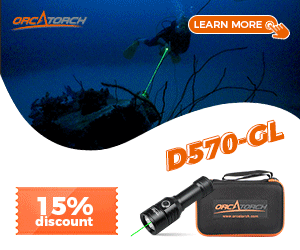Bento.Box
Registered
given that tanks are regularly inspected, this should be an exceptional rare occurance.A bold claim. I have seen an OOA situation where a first stage got blocked when a diver went vertical head down and crap inside the tank blocked the first stage.
Still, you have a 2nd first stage that may or may not be clogged (they are usually designed to fail open). You have the air from your buddy or your redundant air if you go solo.
And for additional safety, you could carry a spare air.



